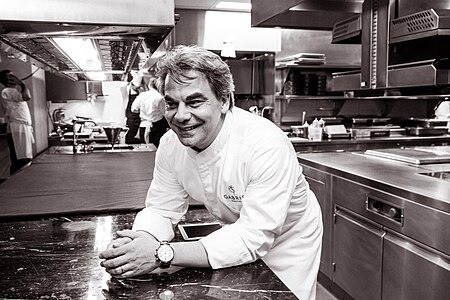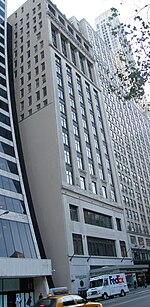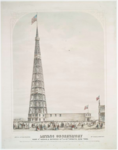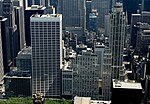Gabriel Kreuther

Gabriel Kreuther is a two-Michelin-star restaurant named after its chef and owner, Gabriel Kreuther. It was initially a one-star Michelin restaurant in its opening years and was subsequently awarded two stars in 2019. The restaurant specializes in modern Alsatian food with other French, German, and American influences. Their most famous dish is a sturgeon & sauerkraut tart with a caviar mousseline smoked in applewood. The restaurant also serves multiple house breads, including a savory kugelhopf with scallions and chive fromage blanc. Relais & Châteaux and entities such as Wine Enthusiast Magazine and Wine Spectator praised their varied wine list, primarily featuring wines from France, Germany, and other countries. Along with wine, their drinks include a variety of modern cocktails and traditional drinks from the chef's home region, including schnapps. Their current wine director is Aukai Bell. Their main dinner menu has a choice between two different tasting menus with a table located in their kitchen. There is also a less expensive pre-theater menu, a lunch menu with prix fixe options, and a large bar. Their bar offers a mix of modern and traditional cocktails. The restaurant offers a modern take on comfort food from Alsace, including flammekueche (a type of open tart), sausages, and à la carte dishes from their main menu. The restaurant was rated by Grub Street as having the best bar food in the city. While the food is considered to be Haute Cuisine, the restaurant is notably business casual, with Kreuther noting that this allows for a more "comfortable environment" without the hassle of needing a suit or jacket.
Excerpt from the Wikipedia article Gabriel Kreuther (License: CC BY-SA 3.0, Authors, Images).Gabriel Kreuther
6th Avenue, New York Manhattan
Geographical coordinates (GPS) Address Nearby Places Show on map
Geographical coordinates (GPS)
| Latitude | Longitude |
|---|---|
| N 40.754397222222 ° | E -73.982575 ° |
Address
W. R. Grace Building
6th Avenue 1114
10019 New York, Manhattan
New York, United States
Open on Google Maps









